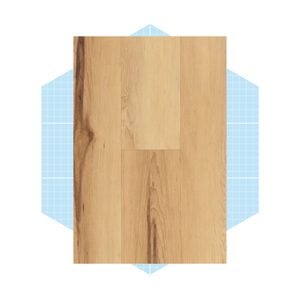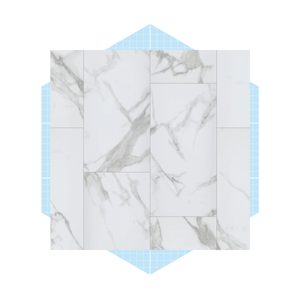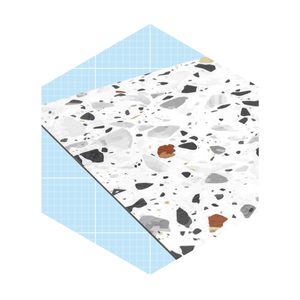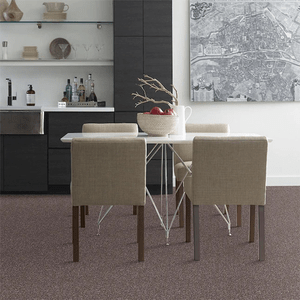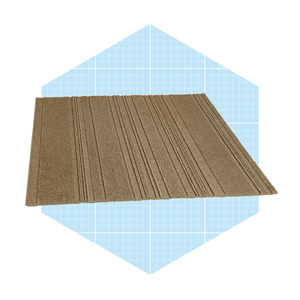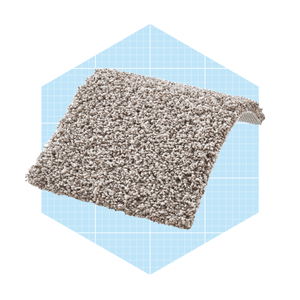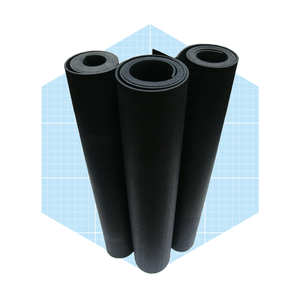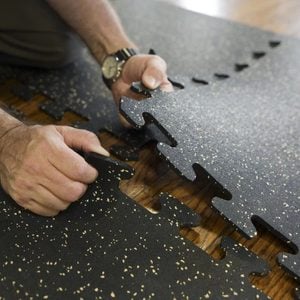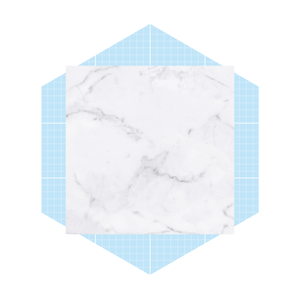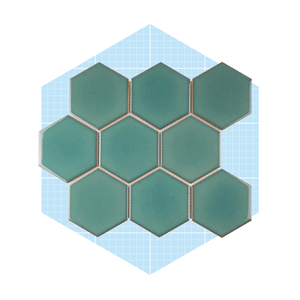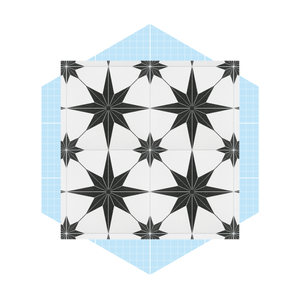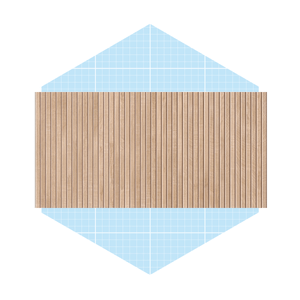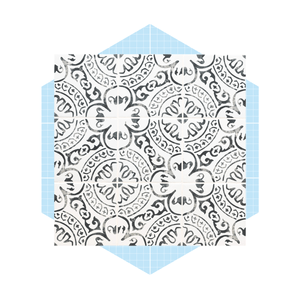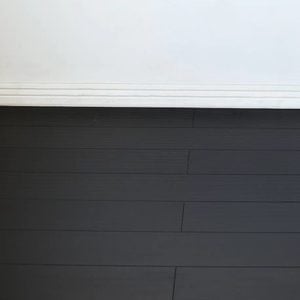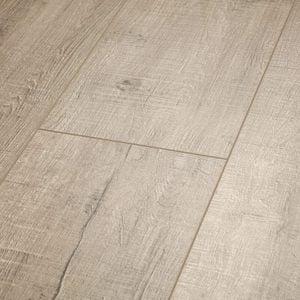What Is the Best Flooring for a Basement?
Updated: Mar. 28, 2024

Looking to install flooring in your basement? Choose one of these five basement-friendly flooring options and enjoy good looks and performance.
Our editors and experts handpick every product we feature. We may earn a commission from your purchases.Learn more.
When choosing flooring for your basement, moisture is the biggest consideration. And it’s not just because of the potential for water leaks. Condensation and water vapor are moisture-related hazards unique to basements, and they affect the kind of flooring that makes sense downstairs.
Jeff Palla, President of Mr. Handyman, also emphasizes the importance of aesthetics when selecting basement flooring. He suggests considering how you’ll use the space and assessing the wear and tear it might face. This approach will help you choose materials that not only look appealing but also withstand the demands of everyday use.
Check out these best flooring for basement options and learn how to protect yours from moisture damage and mold growth.
On This Page
Vinyl Plank Flooring/Vinyl Tile Flooring
Vinyl plank flooring (VPF) and vinyl tile flooring (VTF) are similar to click laminate flooring, but they’re better in three ways. First, VPF and VTF are impervious to liquid and vapor moisture. This matters because even seemingly dry basements can have enough moisture vapor migration to trigger mold growth.
Second, VPF and VTF are extremely durable. Both are made from the same materials, differing only in the shape of the pieces. Tiles are square and planks are rectangular. Lastly, vinyl flooring of this kind is flexible enough that it doesn’t need a super-flat surface like laminates do. “It can be applied directly to a concrete floor with an adhesive, making it easy to install,” explains Palla.
Carpet
“If you’re looking to furnish a basement family room or playroom, wall-to-wall carpet is an ideal option for soft cushioned comfort on the floor,” says Brian Shaunfield, a flooring expert and Lowe’s store manager.
If you go this route, don’t make the mistake of installing carpet and underlay directly on basement concrete. Summertime mustiness is one reason why. When humid summer air enters the carpet pile and comes close to the concrete underneath, that air can cool to the dew point, releasing fine droplets of water within the carpet or underlay. That’s why finished basements smell musty.
Always install basement carpet on top of a vapor-impervious subfloor. This will raise the temperature of the floor in winter, make your carpet more pleasant to walk on, and most importantly, prevent humid air from cozying up to the concrete and triggering mold growth.
Rubber Flooring
This is a durable, moisture-proof and informal floor that makes good sense for basements, especially utility or play areas. Rubber flooring is unaffected by moisture, both liquid and vapor. It usually comes as interlocking tiles, and it can be easily removed or reconfigured after installation if your needs change. Rubber is comfortable under foot, which is an important factor when selecting the best flooring for a basement, too.
Ceramic and Porcelain Tiles
Ceramic and porcelain tiles offer several advantages, including high durability, water-resistance and long-lasting performance, says Palla. These tough, attractive, hard-wearing picks are some of the best flooring for basement options, as long as the installation includes two important details.
First, never install hard-surface tiles such as ceramics and porcelain directly on concrete. Tiles should be installed on top of an uncoupling membrane to boost reliability. Sure, concrete is usually stable. But it can expand and contract at different rates than the tiles, causing tile cracks over time. An uncoupling membrane greatly reduces the chance of cracking because it allows a small but crucial amount of side-to-side tile movement relative to the concrete underneath.
The second issue is cold feet in chilly climates. One solution for cold tile floors is to choose an uncoupling membrane that’s made to accept electric heating cables. The best systems include built-in insulation to stop the loss of heat downward into the concrete.
Laminate Flooring
In 1993, a European company called Pergo introduced laminate flooring to North America and it has been a popular choice ever since. Today’s best laminates resist moisture, as my submersion tests have shown. They also look like real hardwood floors, without the expensive price tag.
The durability of laminate flooring is exceptional if you choose one with an abrasion class (AC) rating of three or higher on a scale of one to five. The AC rating measures the resistance of laminate flooring to abrasion.
The only problem with laminates in basements is the need for a flat floor. Most manufacturers specify no more than a 1/4 inch of deviation from flat over a 10-foot radius. And while many concrete basement floors are not this flat, it is possible to use a floor leveling compound to correct major issues. Laminates should always be installed over subfloor tiles, and the best subfloor systems accept leveling shims so you can create a stable, wobble-free installation surface.
What to Look for When Buying Basement Flooring
There are several factors to consider when choosing flooring for your basement. “It’s important to evaluate the moisture and humidity in your basement, as that can impact which flooring option is best so it doesn’t warp or buckle,” says Shaunfield. “Depending on if you live in a more humid climate, you’ll want to choose a material that is more water-resistant to help prevent any mold build-up.”
Shaunfield shares another important tip: Make sure the material is labeled “below-grade.” This means it was designed to be installed in a basement versus ground level flooring. Your personal style and budget are also important factors when shopping for flooring, he adds.
Ceramic and porcelain tiles are durable and stylish, but cost more and can be difficult to clean, shares Palla. Luxury vinyl planks are affordable and easy-to-maintain, but hard to install and remove. Engineered hardwood gives you the look of traditional hardwood, but it’s cheaper, easier to install and has more durability to heat, moisture and scratches, explains Shaunfield.
Why You Should Trust Us
Over the years, I’ve honed my skills as a carpenter, builder, stone mason, cabinetmaker and homesteader, which has informed my writing for publications like Family Handyman, Reader’s Digest, Canadian Contractor and more. Living in a stone and timber house that I built myself on Manitoulin Island, Canada—I bring a practical, hands-on approach to home improvement. You can rely on my recommendations, which are based on my deep understanding of construction.
We also sought input from industry professionals, including Brian Shaunfield, a Lowe’s store manager and flooring expert. With decades of experience in the home improvement industry, Shaunfield boasts first-hand knowledge of sales trends and customer needs.
We also consulted Jeff Palla, the President of Mr. Handyman, a Neighborly company that offers home maintenance and repair services. Mr. Handyman, which has served nearly 1 million customers across North America, employs highly skilled craftsmen with an average of 10 years’ experience in the trades.
How We Found the Best Basement Flooring
To find the best basement flooring options, we began by researching a wide range of materials, including vinyl, laminate, carpet and engineered hardwood. We focused on products specifically designed for basement environments, prioritizing those with waterproof or water-resistant properties to protect against potential moisture issues. Additionally, we took into account real user experiences and expert opinions to evaluate performance, appearance and overall value.





















